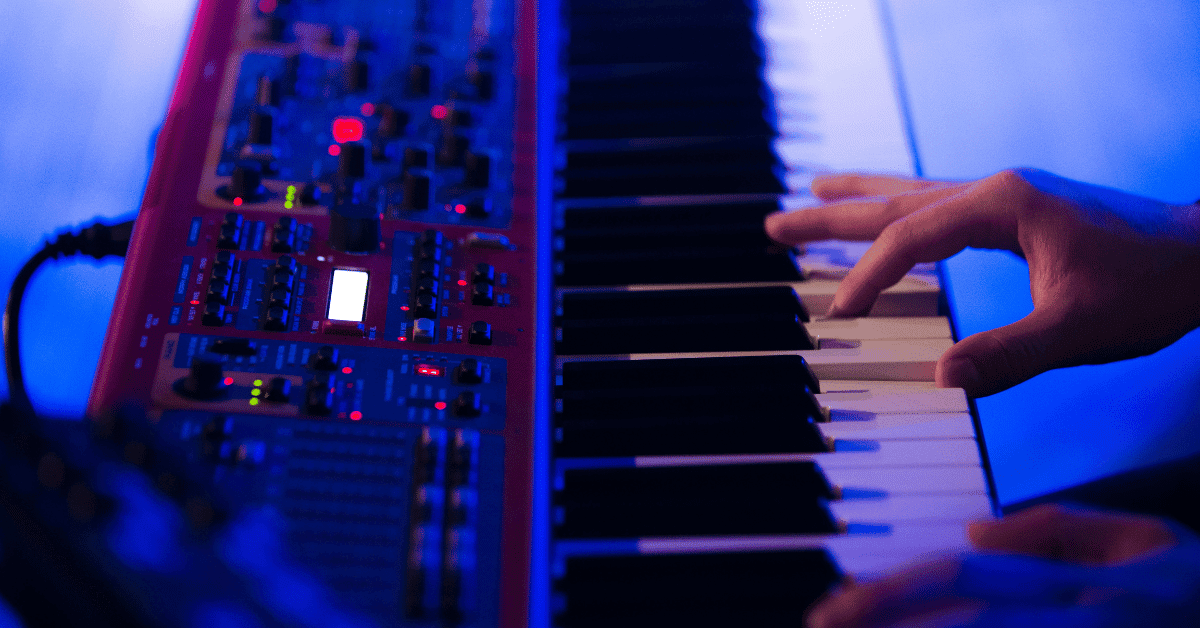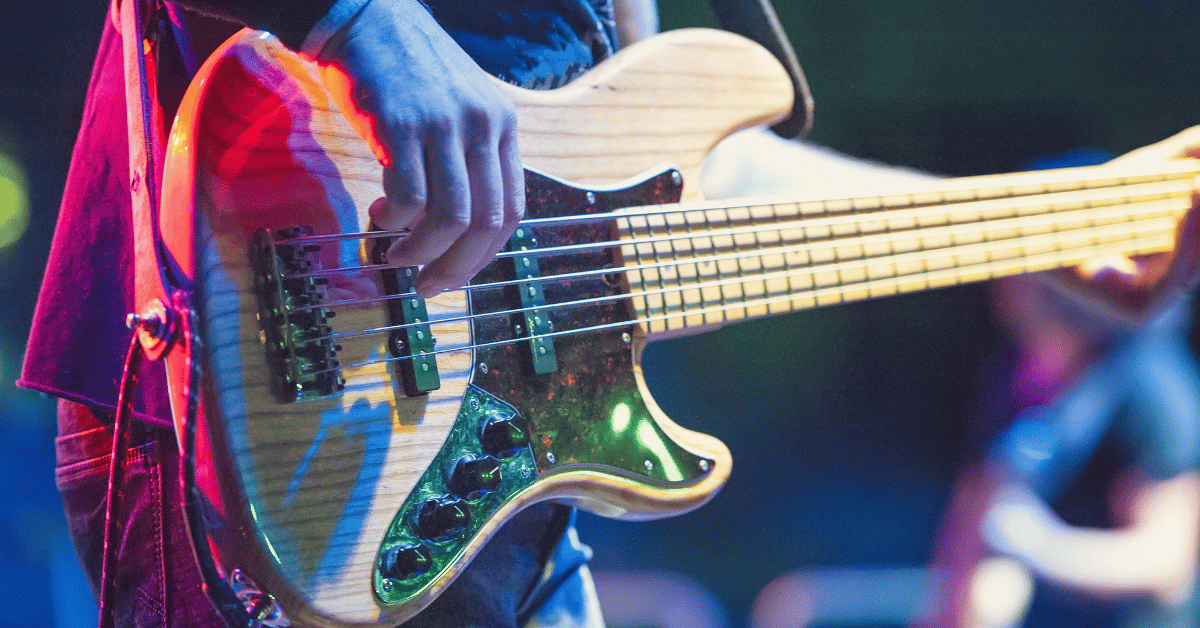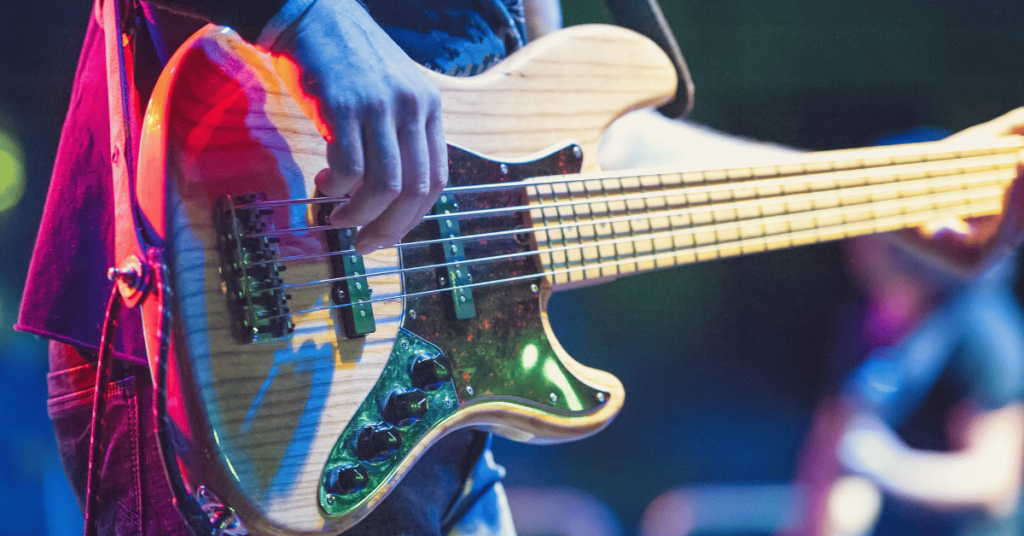Setting up your guitar is one of the most vital yet overlooked components to great musicianship and tone.
A cheap guitar can feel great with a proper setup and an expensive guitar can feel cheap without it.
I have found that many people avoid adjusting their own guitars out fear of doing something wrong or simply wanting to trust a pro to do the job. I’m here to show that it is truly much simpler and affordable than you think.
I have set up the majority of my guitars since I was a teenager. If there is something more technical such as nut filing, fret leveling, or re-drilling a bridge location, I will have someone more experienced take care of it. However, the majority elements of the foundation of a setup are extremely simple and should be done regularly.
I’m not going to get into the nitty-gritty of how to do a setup (as you can easily find hundreds of resources on Google), but rather show why you should care about setups and how someone like myself approaches it.
Why Should You Set Up Your Guitar?
Guitars are roughly set up from the factory
If you have never set up your guitar after purchasing it you will most likely gain significant improvement by doing so. Most guitars are built in an assembly line fashion and the technicians are rushing to make their quota for the day. Even high-end guitars don’t always get the care they deserve. Odds are also high that the manufacturer’s specs, such as pickup height, are not what you would personally prefer.
You want to be in tune
An important part of the setup is intonation, which ensures each note is in tune across the fretboard. You can have $30k worth of gear in your rig and you will sound bad if you’re not in tune. This is vital.
You will play better and sound better
Duh. If your guitar is easy to play, you will play better and in turn, your tone will be better. What are you waiting for?
Why Should I Learn?
Narrow in on preferences.
Personal taste plays into how you like your guitar’s setup. Some people like low action with a little bit of buzz. It drives others crazy. If you can easily make the adjustments yourself you will find what you like quickly.
It’s a more affordable investment
Professional setups can run anywhere from ~$40-80. For the same price, you could purchase the tools you need to set up many guitars for years.
Guitars can go out easily
Temperature and humidity, as well as stress over time, can significantly change your guitar’s neck.
I remember one event I was playing where I was recording in the green room beforehand. As soon as I went to the humid stage outside, my guitar’s tuning on all strings went flat over a half a step. If you know how to adjust things yourself, you can make quick frequent adjustments rather than waiting to pay someone.
Components of a Setup
To me, the most basic setup process is a matter of truss rod, action, pickup, and intonation adjustments. I like to clean my frets, condition my fretboard and lubricate the nut, but those are all extras.
1) Truss Rod/Relief
Relief is how straight the neck is. Ever play a guitar that feels like the action gets higher and higher as you go up the neck? Odds are there’s too much relief in the neck and it needs to be straightened. If there’s a lot of buzzing on the lower frets, then it would benefit from a little bit of bow.
It’s an incredibly easy adjustment by simply loosening or tightening a nut with an Allen wrench or similar tool and measuring as you go. I use a feeler gauge between the fret and string to get it to the measurement I like on most guitars. If I have other buzzing issues I will adjust accordingly.
Tip:
If there is buzzing on the first 4 frets, the truss rod should be loosened. If buzzing on frets 6-10 then it should be tightened. If buzzing on all frets then the action should be raised.
2) Action
Action is how high the strings are off the fretboard and is adjusted through raising or lowering the bridge/saddles (rarely adjusting the nut). This is probably the greatest factor for playability. It should be done after adjusting the relief.
I prefer around 2.00mm gap at the 12th fret on the low strings going to 1.75mm on the high.
3) Pickup Height
This is a significant tone shaper. Raising your pickups closer to the strings will emphasize lower or higher frequencies relatively and compress your signal a bit more (giving you more initial pick response as well). Pulling them back a bit will make pickups sound more open and less compressed.
I usually find general recommendations from the pickup manufacturer online, start there, and adjust them to my tastes. I like my bridge and neck to be fairly balanced in output and tonality. I will frequently lower the bass side of the neck to reduce mud as well as lower the treble side of the bridge pickup to reduce harshness.
4) Intonation
Intonation is the most important part of a setup to me. If it is off, the most common result will be out of tune chords played higher on the neck. A lot of good intonation is founded on a well-built guitar with proper fret/neck/nut construction. It is usually one of the first things I pay attention to when playing nicer guitars.
It is adjusted through the bridge saddles with a screwdriver or Allen wrench. The way to check your intonation is to play an in-tune open string then play the 12th fret of that same string. They should be completely identical when using a strobe tuner and fresh strings.
5) Optional
Fret polishing
Fret wire gets dirty over time. Taking some 0000 steel wool and gently rubbing the frets while masking the fretboard off will make your playing smooth. It will be most noticeable when playing with vibrato, which every guitarist should practice.
Neck polishing
I do not recommend sanding your neck by yourself, but gently and evenly taking 0000 steel wool to the back of a glossy neck can reduce stickiness.
Fretboard conditioning
There are tons of products out there to clean your fretboard. I like Ernie Ball Wonder Wipes as it’s quick and easy. The Dunlop bottle will last you a lifetime. I do this every time I change strings.
Nut lubrication
This helps tuning stability by preventing the strings from getting caught up on the nut. I would never change strings without applying some D’Addario LubrKit. A lot of people put pencil graphite or chapstick in the nut – skip it and treat your guitar with some dignity.
What You Need
Action Ruler – $22
The StewMac String Action Gauge is amazing. I prefer metric measurements. Some people use coins if they have nothing else to measure, but it is way less accurate in my opinion.
Strobe Tuner – $130
Generally, the more accurate the better and strobe tuners are the most accurate type out there. I recommend the Sonic Research Turbo Tuner as it is very affordable and accurate to .02 cents.
A Boss TU-2 is not a great option as they are only accurate to 3 cents. The average human ear can roughly hear 3 cent differences. If your low E string was 3 cents flat and your A string was 3 cents sharp a TU-2 would show it as in tune even though there is a 6 cent difference. Intonation needs to be as accurate as possible, so this does not cut it.
Allen Wrenches – $5-10
For bridge saddle and truss rod adjustment. Make sure to know where your guitar was made and whether it uses metric or standard measurements.
Fresh Strings – $5-10
Always change your strings before a setup because the divots created in used strings affect tuning.
Feeler Gauge – $7
For measuring relief. You can find this at any automotive store or Amazon.
Steel Wool (grade 0000) – $4
For polishing frets and glossy necks
Painters Tape – $5
For protecting the fretboard when polishing frets
Nut Lubricant – $11
Fretboard conditioner – $4
We want to hear from you! Leave a comment below to share how you approach your setup.
You may also be interested in these posts!
- Building a Guitar Rig for Under $2000
- Worship Guitar Tone Master Class
- 5 Tips to Find Your Unique Worship Sounds
- Talking Creativity and Gear with Brian Carl from Passion
- Guitar Rig Rundown: Pedals & Gear






